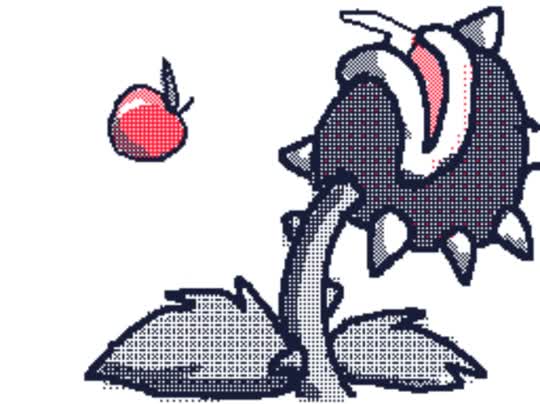

On July 11, 2011, Dodgeball was published by Chris Read. It was produced by Robert Vinciguerra who has since written several other Odyssey games. In 2009, Odball became the first game for the Magnavox Odyssey since 1973. Main article: Atari 2600 homebrew Odyssey Game Boy Advance developers have several ways to use GBA flash cartridges in this regard. Atari 2600 programmers may burn an EEPROM to plug into a custom cartridge board or use audio transfer via the Starpath Supercharger. Efforts have been made to use actual console hardware for many older systems, though. Development for newer systems usually involves actual hardware, given the lack of accurate emulators. New games for older systems are typically developed using emulators. Some targets for homebrew games include the Wii, Dreamcast, Game Boy Advance, PlayStation Portable, Nintendo Entertainment System, and Atari 2600. Homebrew development can include software made using unofficial, community maintained toolchains or games developed using official development kits such as Net Yaroze, Linux for PlayStation 2, or Microsoft XNA. A non-professional developer for a system intended to be user-programmable, like the Commodore 64, is simply called a hobbyist (rather than a homebrew developer). Many consoles have hardware restrictions to prevent unauthorized development. Official documentation is often only available to licensed developers, and these systems may use storage formats that make distribution difficult (such as ROM cartridges or encrypted CD-ROMs). Homebrew, when applied to video games, refers to games produced by hobbyists for proprietary video game consoles which are not intended to be user-programmable. Oh, and here’s a great music video someone posted after animating the entire production in Flipnote.For other uses, see Homebrew (disambiguation). You should add us on Twitter, too, if you haven’t yet. Something else you likely didn’t know: the Flipnote Hatena team has a Twitter account! You should follow them, not only to keep track of their weekly newsletters, but also because it’s sad that such a great and innovative site has only a hundred or so followers. Unfortunately, it seems as if the only people who’ve noticed this and taken advantage of the site are Flipnote’s adolescent users. When I last checked, most of those were only available in Japanese, but it looks like Hatena Haiku is now open to English users. Flipnote Studio frogs pose on a DSi, photographed by Hatena’s Aaron Berman (click for a large version).ĭid you know Hatena has several online services, not just Flipnote Hatena? In addition to its Youtube-like site for posting Flipnote Studio animations, the Japanese company also has Haiku, Diary, Bookmark, and Fotolife - which are pretty much their equivalents of Twitter, Blogger, Delicious, and Flickr, respectively.


 0 kommentar(er)
0 kommentar(er)
